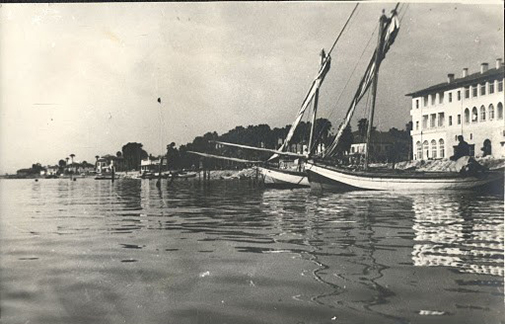About the centre - The Many Roads in Modernity
The Transformation of South-East Europe and the Ottoman Heritage from 1870 to the Twenty-first Century
The
With the fall of the Berlin Wall in 1989, Europe was filled not only with
The present project has arisen out of seminars in the research network “The Many Roads to Modernity” at the Centre for Modern European Studies (Faculty of Humanities, University of Copenhagen). The premise of the project is that the national narratives of the nineteenth century still dominate the view of the past and the visions of progress in South-East Europe, despite the major changes in the twentieth century. Through seven studies and two international conferences, the project seeks to explore regional and transnational perspectives in past and present. This is particularly important because the modernization of South-East Europe took place in

The recent past of South-East Europe has been dominated by three empires: Russian, Habsburg and especially Ottoman. These have continued to live in the ideas of the significant Other that
Aim
The project aims to study the relationship between the modern history of South-East Europe and the long imperial past of the
The project is divided into the following chronological units:
- Empire and Nation States in Post-Ottoman Times 1870–1950 focuses on the significance of the Ottoman heritage for attempts by elites and minorities to modernize institutions, social practice and culture in the late Ottoman state and the subsequent
nation states until war and occupation in the 1940s radically changed conditions for the development of politics and society. - Authoritarian Modernization 1950–1989 focuses on the challenge from “the long Second World War”, that is, the struggle for the state and the memory of the years of war and occupation between, on the one hand, the official modernistic history and, on the other hand, collective and individual memories of an Ottoman past. There is also a focus on authoritarian forms of government and the interplay with external factors, especially the new role of the region as front states in the Cold War and direct Soviet dominance of internal affairs in some of the states.
- The Return of the Local and Globalization since 1989 focuses on the use of history and idyllic ideas about ethnic and religious particularism in attempts to develop new visions of society. This applies especially to the adaptation of nationalism so that it can contain both the romantic notion of a nexus between people and territory and new global circumstances. It is crucial to
analyse how people handle the conflicting ideas about the Ottoman past, which can be linked to the conviction about distinctive local character and to the homage to ideal multicultural empires.
The

